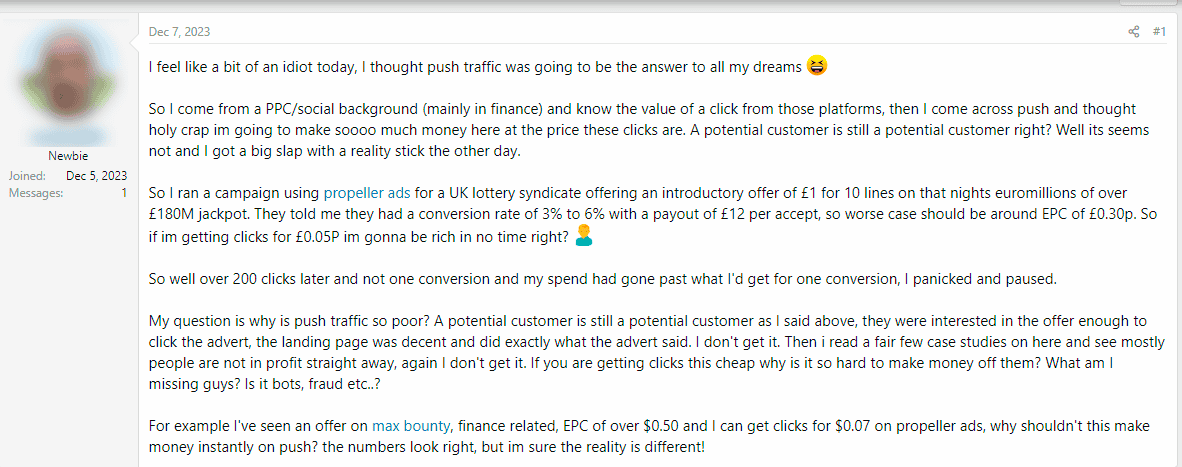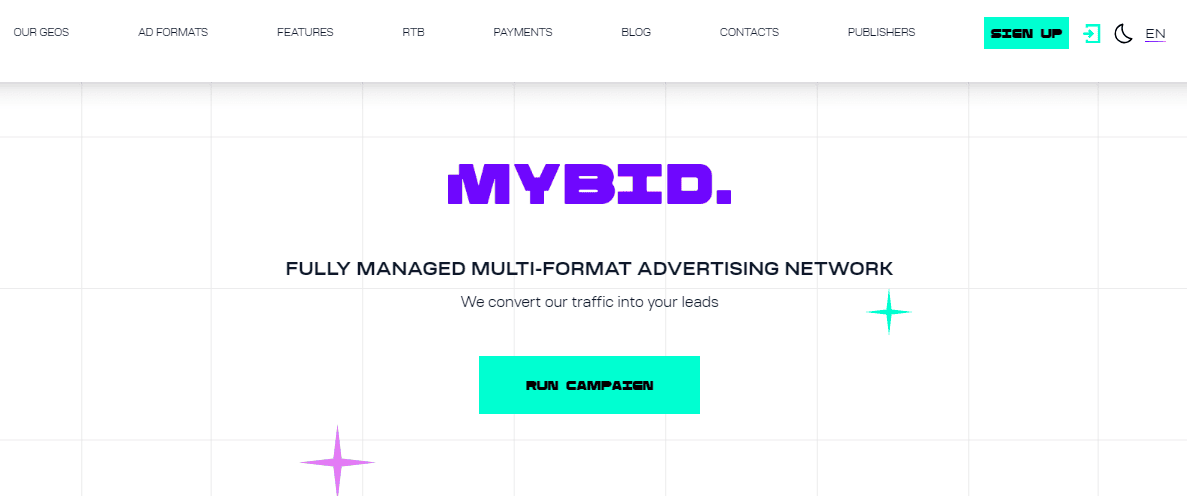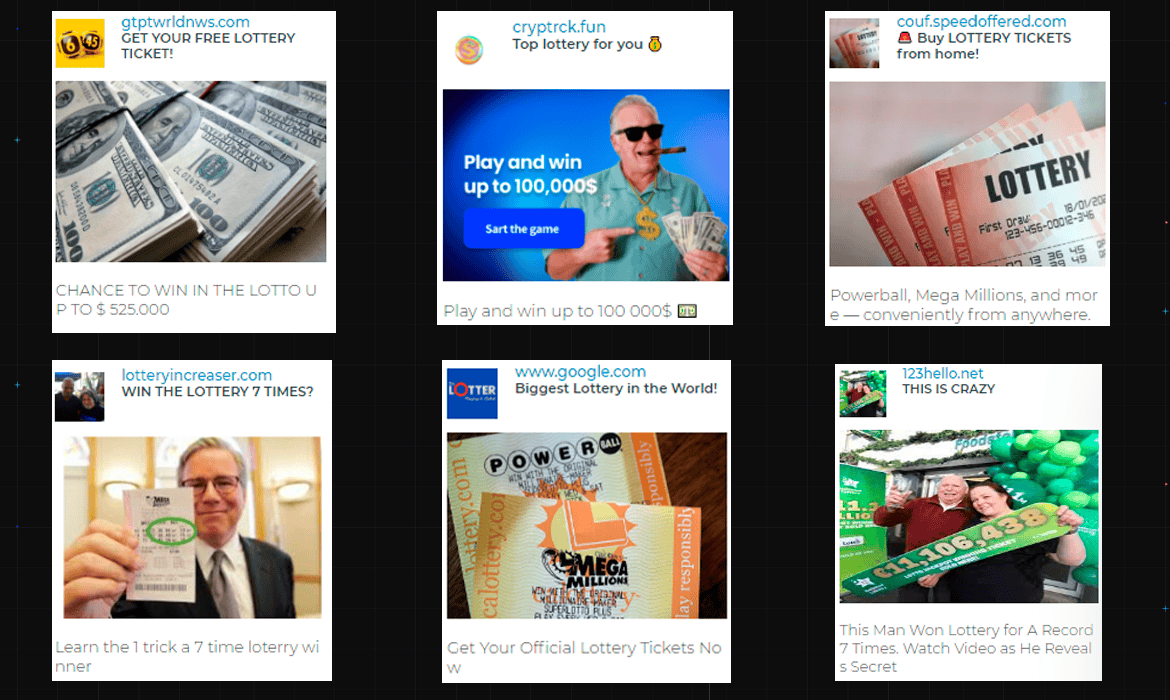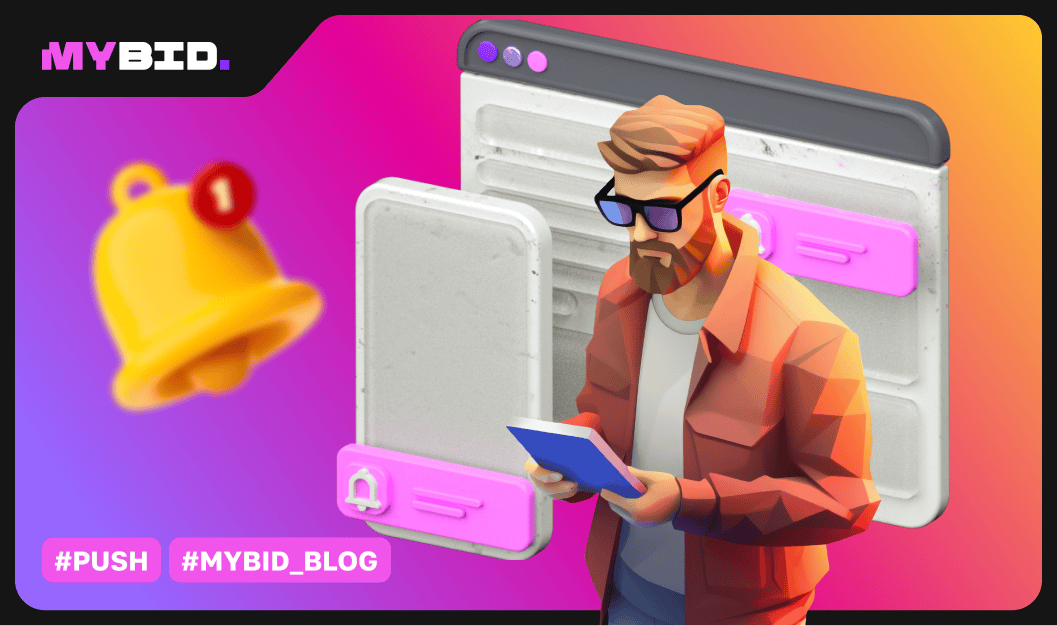
A beginner in using push traffic recently shared his experience on one of the popular affiliate marketing forums. This person is familiar with running traffic from social networks and using PPC (Pay-Per-Click) in the financial vertical. However, he encountered some challenges when he tried purchasing push traffic.
The affiliate marketer launched his first campaign on an advertising network, promoting a British lottery offer. In this offer, people could deposit an amount ranging from £1 to £10 and have a chance to win a jackpot of £180 million. The affiliate marketer would earn a commission of £12 for each First Deposit (FD) made by a customer. The advertiser claimed that the conversion rate for this offer varied between 3% and 6%.
The affiliate marketer estimated that the worst-case scenario for his earnings per click (EPC) would be around £0.30, and he expected to pay £0.05 per click. However, despite receiving 200 clicks on his campaign, he did not generate a single lead or conversion.

After the affiliate marketer received 200 clicks on his campaign without any conversions, he realized that the costs of running the campaign were higher than the payout he would receive per conversion. As a result, he decided to stop the advertising campaign.
The team at MyBid, a fully managed advertising network, decided to examine the mistakes made by the affiliate marketer. This affiliate marketer had no prior experience running an advertising campaign using push notifications, so it was important to understand what went wrong and learn from it.
Other affiliates on the forum shared some insights with the affiliate marketer regarding the results of his push traffic campaign. One mentioned that push traffic is often perceived as spam by users, which can negatively impact the number of conversions. This is because many media buyers don't limit the number of times an ad is shown to a user within a certain period. So, if a user rejects a push notification, they might receive it again shortly after.
Another point he mentioned is that push traffic is not highly targeted, and users may not even see the notifications while they are browsing the internet. However, they did acknowledge that push notifications have the potential to drive traffic to lottery-related offers. However, to achieve success, the affiliate marketer might need to allocate a larger budget.

Other commenters pointed out that users often open push notifications only to have them disappear from the screen, and these actions might be mistakenly counted as targeted clicks in the affiliate's statistics. It was also suggested that the affiliate who posted the case study should reach out to those who had posted successful case studies in push advertising and inquire about the type of traffic they used to achieve high results, as well as their EPCs and CR indicators.

Let's take a look at some errors made by this newbie affiliate while attempting to run traffic using push notifications, and we'll provide suggestions on how to improve conversion rates.
When starting an advertising campaign using push traffic for a new offer and specific target audience, it's important for the affiliate marketer to allocate a portion of the advertising budget for testing purposes. This helps determine the relevance of the offer to the potential audience and their response to it. This principle applies to other sources the affiliate has worked with before, as well.
In the given scenario, the writer of the thread made the mistake of stopping the campaign after just 200 clicks, fearing that the budget would be wasted. However, such a small number of clicks is usually insufficient for creating definitive lists of preferred and undesirable websites, as well as assessing the effectiveness of different creative approaches and landing pages.
Depending on the chosen vertical, it is recommended to invest at least $200 in push traffic for a comprehensive test. This allows for a better understanding of the audience's preferences and enables the compilation of lists of relevant and irrelevant websites.
To optimize the testing budget, one option is to purchase traffic through fully managed ad networks like MyBid. In such networks, the affiliate can consult his personal manager to select the most relevant sites for his offer even before launching the advertising campaign. This can help in targeting the right audience more effectively.

It seems that the affiliate did not specify the type of push notification format used in their advertising campaign, but it is likely that the affiliate used traditional push notifications. However, it's important to note that classic push notifications do not reach users of iOS devices, who are generally considered to be a more financially capable audience. This is particularly relevant for offers related to gambling or lotteries.
To address this issue, one solution is to create an additional advertising campaign using InPage Push as the primary advertising format. This updated format combines elements of classic push notifications and banner advertising. It is displayed to users exclusively when they have an open page on a website. By incorporating InPage Push notifications, the campaign can reach a wider audience, including iOS users, and potentially improve the effectiveness of the advertising campaigns.

This mistake is closely connected to the previous point. The newbie affiliate failed to mention whether he analyzed the activity and behavior of the target audience based on the type of device they were using. He only mentioned that the landing page contained the information discussed in the creative. This suggests that the affiliate did not consider the possibility of the landing page being displayed incorrectly on certain devices. For instance, while the landing page and its elements may appear and function perfectly on desktop devices, they might be displayed improperly on smartphones and tablets. This can raise suspicions among users regarding the reliability of the website and have a negative impact on conversion rates.
Therefore, it is recommended not only to segregate traffic based on device type and operating system but also, whenever possible, to target the latest versions of operating systems. This is because these newer versions are usually supported only by newer (and often more expensive) device models. By implementing this approach, you can ensure that your advertising campaigns are optimized for different devices and operating systems, thereby enhancing the overall user experience and potentially improving conversion rates.

Another mistake made by the affiliate was ignoring the bidding process in the real-time bidding (RTB) auction. Initially, the affiliate said that he set the cost per click at £0.05 and did not make any further adjustments to the bid in the overall auction of the advertising network.
By neglecting to update the bid amount, the affiliate missed out on an opportunity to potentially improve the conversion rate of the advertising campaign. By increasing the bid by just £0.01, after first creating black and white lists of websites and removing creatives with low click-through rates, the affiliate could have potentially seen an increase in his conversion rates.
Based on the affiliate’s case study, it appears that he used only one version of the image, title, and offer description for their push advertising campaign. However, relying on a single creative for the campaign, even after receiving 200 clicks, is unlikely to get statistically significant data.
When working with push traffic, it is advisable to use multiple creative options with different approaches and calls to action, similar to other advertising formats. In the initial stages of the campaign, it is recommended to prepare a minimum of 8-10 different titles and descriptions, along with 5-7 icons and images. By having a variety of creatives, the campaign can benefit from testing different messaging and visual elements, potentially leading to improved performance and better engagement with the target audience.

If an affiliate works in a fully managed format with an advertising network like MyBid and is uncertain about the effectiveness of his/ her creatives in generating conversions, he/ she can always seek assistance from the personal manager. This manager is dedicated to the success of the advertising campaign and possesses extensive knowledge about the network's traffic. It's worth noting that over 95% of the sites with high-quality traffic in this network are owned by the network itself.
This negative ROI case study of an affiliate who is new to push traffic serves as a reminder that even experienced media buyers can make several mistakes when dealing with unfamiliar traffic sources. It emphasizes the importance of not solely relying on others' successful cases, but rather taking the time to thoroughly understand the details of the advertising format you are using and the preferences of the target audience in the chosen geo. Before launching the first advertising campaign, it is important to develop a well-rounded strategy that incorporates using a combination of effective ad creatives, landing pages, and more.
In 2024, even newbies can find success in push advertising. With the assistance of a personal manager in a fully managed ad network, they can not only achieve profitable results but also save time, and budget, and avoid unnecessary stress. These personal managers possess in-depth knowledge of the selected traffic source and can guide and support media buyers in navigating the nuances of the advertising networks.



